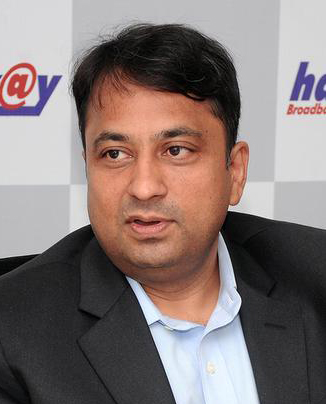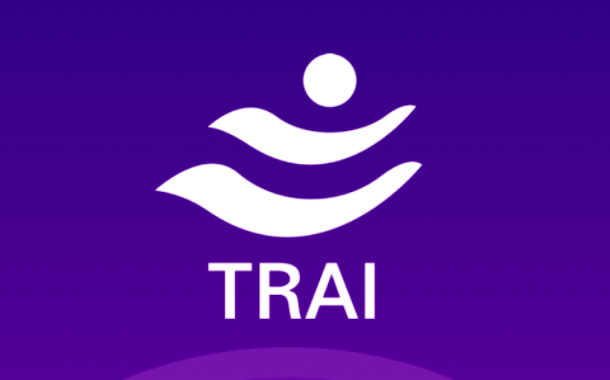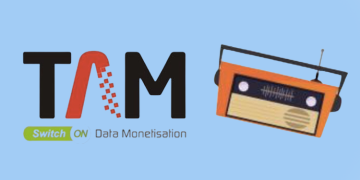The TRAI last year came up with new guidelines aimed at stopping the practice, which was chall enged by Star India, Tata Sky and Airtel Digital in various high courts. However, overcoming the legal challenges, the guidelines are set to come into effect on the 29th of next month.
enged by Star India, Tata Sky and Airtel Digital in various high courts. However, overcoming the legal challenges, the guidelines are set to come into effect on the 29th of next month.

The implementation of a new TRAI tariff scheme for television from next month will empower consumers, even as it will be ‘not so good’ for broadcasting groups that make heavy use of bundling, through which the broadcasters were forcing unpopular channels by tying them with good channels.
MD Rajan Gupta, MD of one of India’s largest cable feed providers Hathway Cable & Datacom said, “The consumer will be the biggest beneficiary of the new tariff regime as he does not need to pay for the channels that he or she doesn’t want to watch.
“Due to the shift from wholesale to retail, the consumer doesn’t have to pay for the whole bundle,” he said. “C0nsumers are more empowered as they have choice and power over what channels they wish to watch.”
“We believe this shift from wholesale to retail pricing, the single biggest change, will shift power from broadcasters to consumers,” he added.
Under the new system, consumers have to choose the channels they want, instead of their cable or DTH provider deciding for them.
The Cable or DTH provider has to offer a ‘base’ pack of 100 channels which cannot be priced at more than Rs 130 plus tax. The key difference compared to the present system is that in the new system, the consumer is free to add and subtract any channel he wants to his base pack.
It should also be noted that the base pack can be priced at any level, including zero.
In addition to the base pack, the cable and DTH operators also have offer top-up packs. Each of these packs will comprise 25 SD channels, and will also comprise entirely of channels chosen by the consumer.
Under the new rules, one HD channel will be considered equal to 2 standard channels. In other words, as part of the base pack itself, the consumer would be able to subscribe to either 100 SD channels or 50 HD channels, or any other combination of the two.
However, if a subscriber chooses pay channels as part of his subscription, the price of the pay channel has to be paid over and above the pack charge.
Like in case of the pack prices, the cable or DTH operator can set the price of pay channels at any level — including zero — depending on its marketing strategy. However, it cannot be higher the MRP declared by the channel owner.
There is also a second dimension to the new tariff — the price paid by the DTH or cable company to the broadcaster or channel owner.
The channel owner has to declare only one price for their channel, plus one price for any bouquet or collection of channels. These prices are applicable to all DTH and cable operators, and no operator can be given a discount.
This will ensure that all DTH and cable companies will get their feeds at the same price, said Hathway.
At present, bigger platforms, such as DTH companies, get their feeds at a fraction of the price paid by smaller platforms such as a single-city cable operator.
Many cable operators, including Hathway, have been complaining that some channel owners are giving their channels at very low rates to DTH and cable companies that are linked to their parent companies.
Under the present negotiation-based pricing, channel owners often cut off their feeds to certain cable and DTH operators in an effort to make them pay higher charges.
“The new tariffs will help in making the entire framework and value chain of the broadcast sector completely transparent, provide choice to consumer and ensure a fair deal among LCOs, MSOs and broadcasters,” Gupta said.
“Hathway has been one of the victims of content-cost disparity and therefore, should be a significant gainer from the tariff order implementation,” he added.
He also pointed out that it will also help in reducing disputes and litigation in the sector.
“Overall,” he said, “we believe the tariff order is a beneficial proposition for broadcasters who have good content that consumers want to watch, and probably not so good for broadcasters who have been more used to bundling many channels with no demand, with one driver channel.”


















